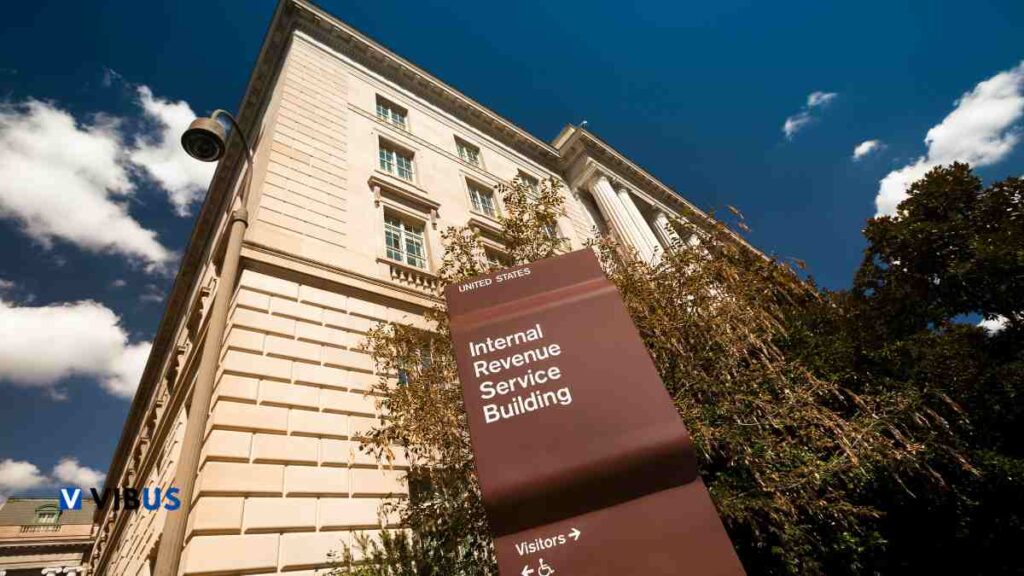According to the latest update from the Internal Revenue Service (IRS), there is an important new rule that will significantly impact senior citizens’ 401(k) plans. This change aims to provide greater flexibility for Americans by allowing them to use their 401(k) and other retirement accounts as emergency ATMs.
Under the new IRS regulations, Americans can now withdraw up to $1,000 penalty-free from their 401(k)s for unexpected expenses. This is a major shift designed to help individuals manage unforeseen financial burdens without facing harsh penalties.
Key Considerations When Filing Your IRS Tax Return
In the past, individuals who withdrew funds from their 401(k)s had to pay income tax on the amount taken out. Additionally, those under the age of 59½ were subject to a 10% early withdrawal penalty. However, if employees provided sufficient evidence that the funds were needed for a qualifying hardship, such as medical expenses, they could avoid this penalty.
Acceptable reasons for such a withdrawal include:
- Medical care
- Funeral expenses
- Car repairs
- Other essential personal emergencies
Previously, if an individual took a hardship withdrawal, they were not permitted to roll those funds over into another retirement account or return them to their original 401(k). This restriction often complicated financial planning for many Americans.
With the introduction of the SECURE Act 2.0 earlier this year, these restrictive regulations have been lifted. This legislative change is intended to make it easier for individuals to access their retirement savings in times of need, providing a much-needed financial safety net.
This new rule is a significant step forward in ensuring that senior citizens and other Americans have the flexibility to manage their finances more effectively during unexpected life events.
The new IRS rule changes everything in 401(k) accounts for seniors.
Understanding 401(k) Accounts
A qualifying profit-sharing plan, such as a 401(k), allows employees to contribute a portion of their earnings to personal accounts. These contributions, known as elective salary deferrals, are excluded from employees’ taxable income. Employers can also contribute to their employees’ accounts, further enhancing retirement savings. Upon retirement, both distributions and earnings are considered taxable income.
Types of 401(k) Accounts
There are two types of 401(k)s: traditional and Roth.
- Traditional 401(k): Employee contributions are made with pre-tax income, reducing taxable income for the year. However, withdrawals during retirement are taxed.
- Roth 401(k): Contributions are made with after-tax income, providing no tax deduction in the year of contribution. Qualified distributions during retirement are tax-free.
New IRS Rule: Penalty-Free Emergency Withdrawals
Thanks to a recent change by the IRS, Americans can now withdraw funds from their 401(k) or IRA for emergency expenses without incurring penalties. This new provision allows for one $1,000 withdrawal per year, which must be repaid within three years.
Key Points to Remember
- If the withdrawal is not repaid, the saver will have to pay income tax on the amount and will be ineligible for another hardship withdrawal.
- Withdrawals cannot reduce the account balance below $1,000.
- Participation in emergency withdrawals is optional for employer plans, so not all employees may have access to this feature.
This new rule offers greater flexibility for those facing unexpected financial challenges, making it a significant update for seniors relying on their 401(k) accounts.
In response to the persistent high inflation eroding workers’ purchasing power, a growing number of Americans are turning to their 401(k) accounts for unexpected expenses. According to Vanguard, 3.6% of workers participating in employer-sponsored 401(k) plans made hardship withdrawals in 2023. This marks a significant jump from the 2.8% rate in 2022 and the pre-pandemic average of around 2%. Notably, this is the highest level since Vanguard began tracking this data in 2004.
